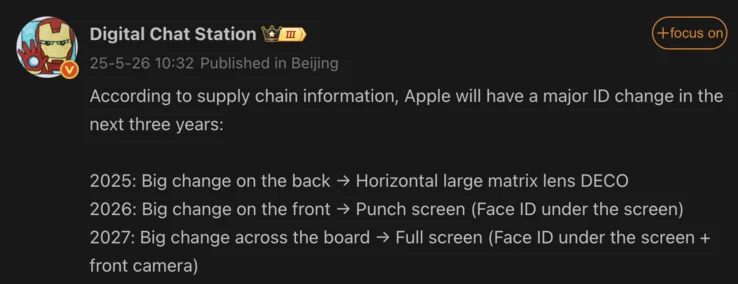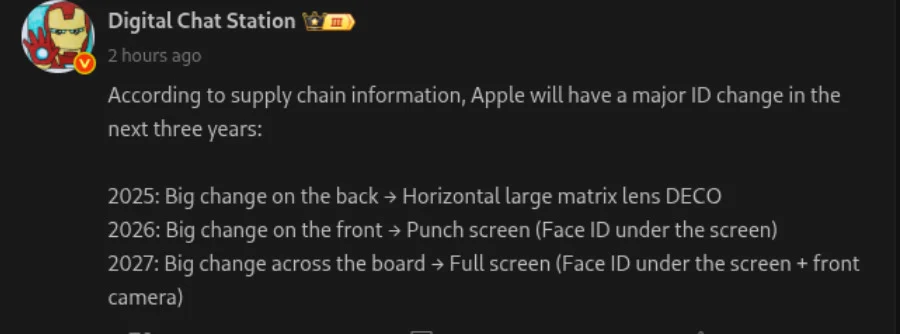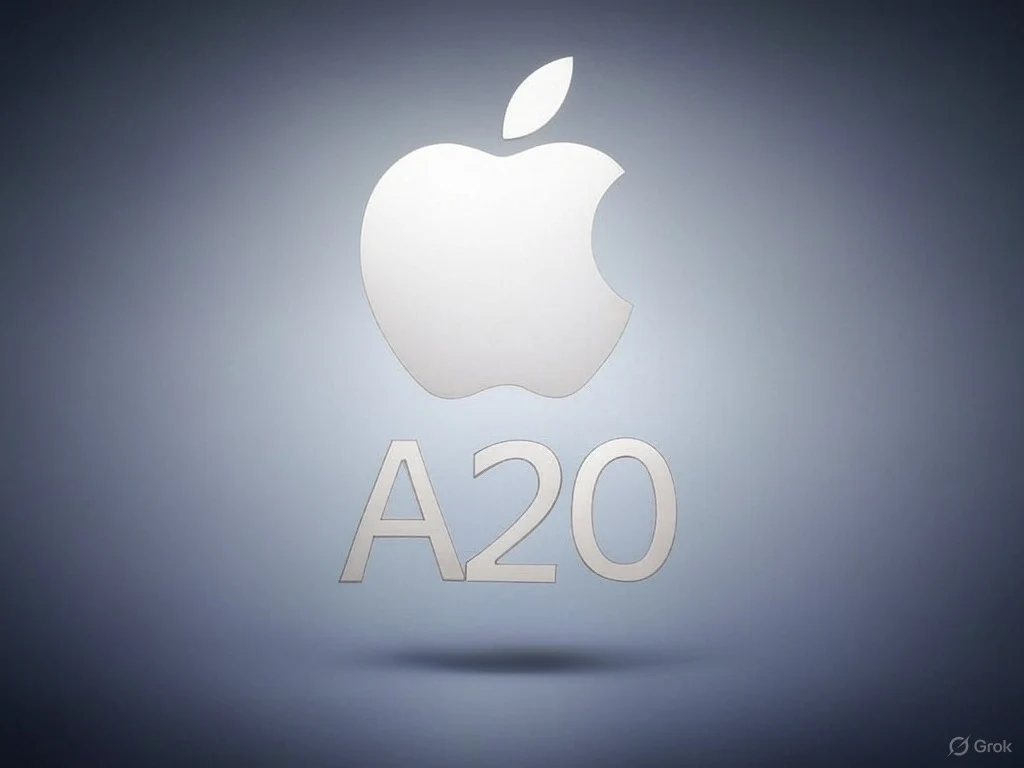Key Takeaways
1. The iPhone 18 may introduce a new pressure-sensitive button for camera control and could replace the standard model with an iPhone Air.
2. Rumors suggest the iPhone 18 and iPhone 18 Pro will not have under-display Face ID or front camera, but will maintain a smaller Dynamic Island for Face ID sensors.
3. The front camera might be repositioned as a punch hole, differing from earlier expectations.
4. The pill-shaped cutout design may continue with the iPhone 19 series and the 20th-anniversary model could feature no visible holes.
5. Setsuna Digital has a mixed track record for leaks but has previously provided accurate information about Apple products.
The iPhone 17 series has just been released, yet people are already looking ahead to what Apple has planned for 2026.
In recent months, there has been a flow of rumors regarding the iPhone 18. Some sources suggest that Apple might add a new pressure-sensitive button for camera control and may even alter the existing lineup. This could mean replacing the standard model with an iPhone Air, which would join the Pro, Pro Max, and a potential foldable iPhone.
Latest Rumors from a Trusted Source
A new rumor has emerged from Setsuna Digital, a well-known leaker on the Chinese platform Weibo. According to MacRumors, this leaker claims that the iPhone 18 and iPhone 18 Pro will not feature an under-display Face ID or an under-display front camera, as previously thought. Instead, it seems Apple is focusing on a smaller Dynamic Island that will contain the Face ID sensors. The front camera might have a separate placement, possibly as a punch hole, as earlier suggested. How Apple will manage to fit both components remains unclear.
Future Design Speculations
If these rumors are accurate, the pill-shaped cutout will continue for at least one more generation, likely appearing with the iPhone 19 series and the expected 20th-anniversary model, which is rumored to feature a design with no visible holes.
Setsuna Digital has a history of leaking accurate information, such as details about the vapor chamber heat spreader in the iPhone 17, which was revealed around the same time last year. However, it’s worth noting that this account has also made several errors in the past. Regardless, there’s a strong possibility that Apple will revamp the front display over the next two iPhone generations.
Setsuna Digital on Weibo via MacRumors, Photo by Omar Al-Ghosson on Unsplash
Source:
Link











